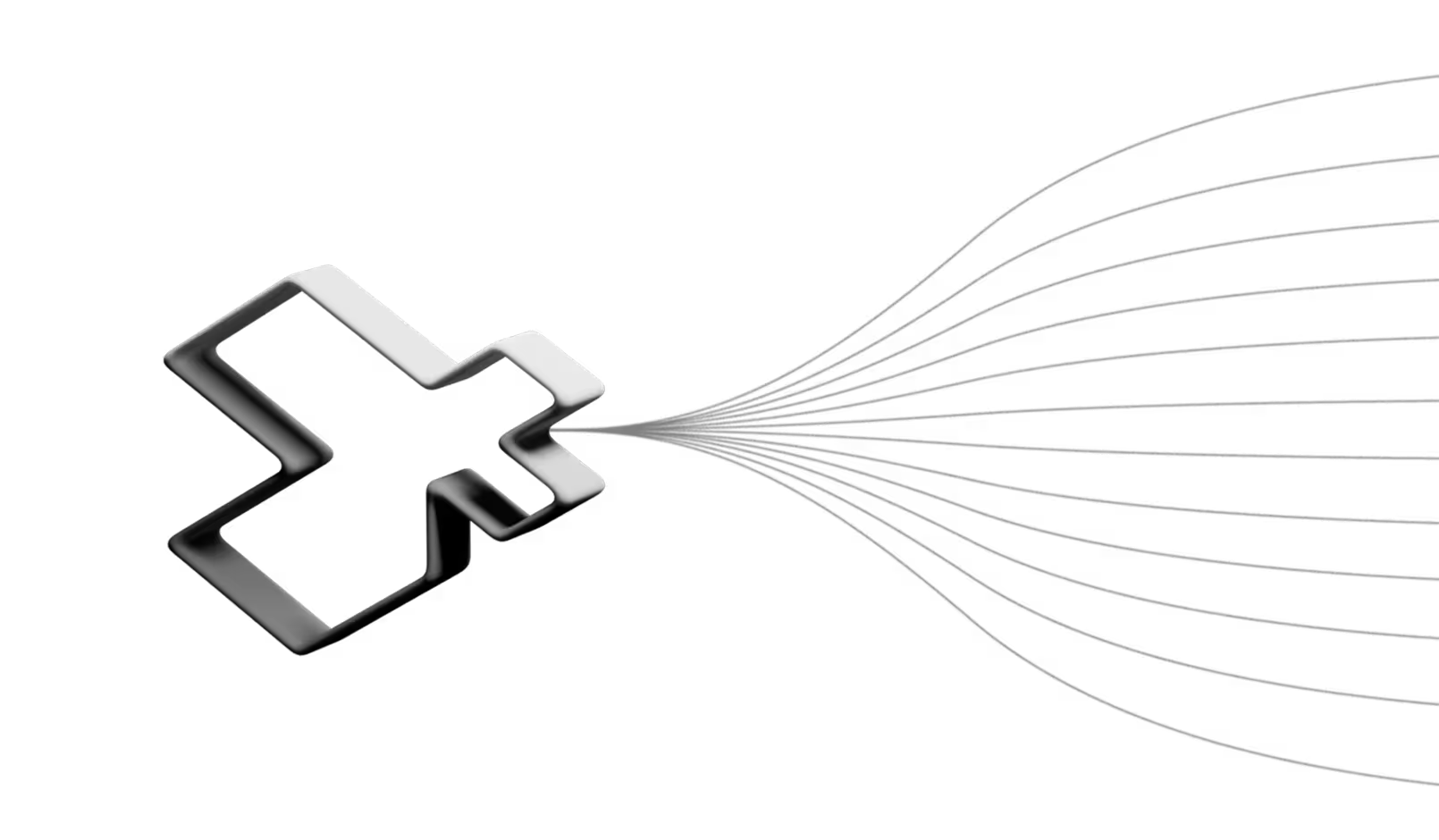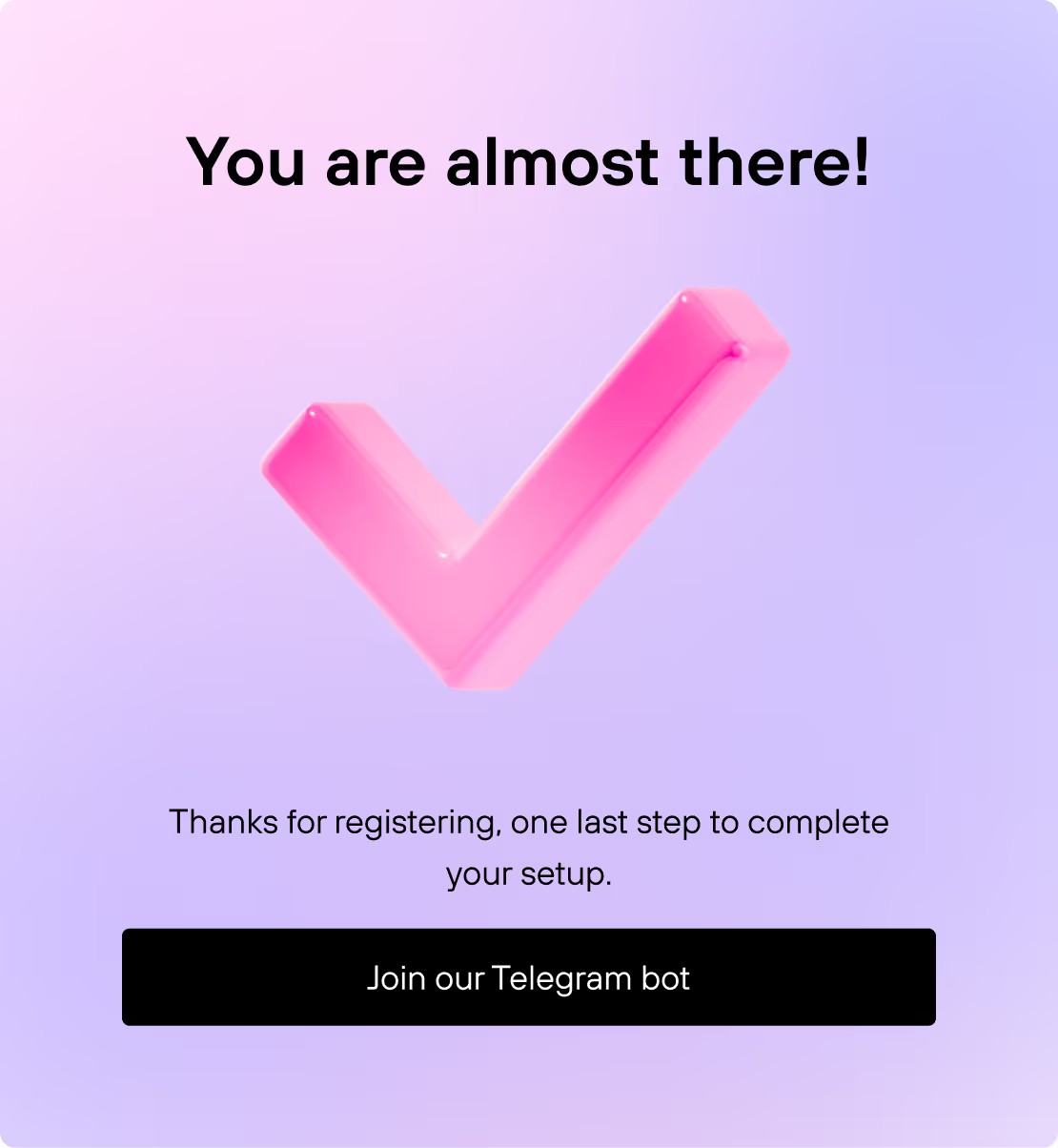Are you trying to decide between workflow automation and AI agents to streamline your business, but not sure which one actually fits? You’re not alone. As more teams look to scale operations and reduce manual work, understanding the difference between these two solutions becomes essential.
While both can save you time, they solve very different problems. In this guide, we’ll break down how each one works, when to use them, and why combining them might be the smartest move. If you’re weighing your options, this is your roadmap to choosing and building the right system for your business.
Key takeaways
- Workflow automation is great for structured, repeatable tasks like lead routing and reporting
- AI agents shine when the task involves decision-making, natural language, or adapting to new inputs
- You don’t have to choose one—you can combine both for smart, scalable systems
- Use automation for scale, and AI for complexity or creativity
- Start with the workflow that saves the most time or causes the most friction
- Not sure where to begin? Use our free workshop template to align your team
- Ready to move faster? Book a free AI audit to get a custom roadmap
What is workflow automation?
Workflow automation is the process of using software to connect tools, move data, and trigger actions, without manual input.
Think of it as building a digital assembly line. You define a set of rules (e.g., “When someone fills out a form, send it to the CRM and notify sales”), and automation platforms carry it out every time—quickly, consistently, and without errors.
These workflows are ideal for:
- Repetitive tasks that follow a clear sequence
- High-frequency activities like lead capture, reporting, or task handoffs
- Connecting tools like Slack, Airtable, Google Sheets, HubSpot, and Notion
Popular tools include Zapier, Make, and n8n, which allow you to build no-code or low-code workflows across your existing tech stack.
Example: A marketing team uses workflow automation to pull webinar signups from a Typeform, enrich them with Clearbit, and send them directly into HubSpot, tagged and ready for follow-up.
Workflow automation is perfect when your processes are structured, rule-based, and frequent—and when your goal is to eliminate repetitive admin work or speed up execution.
What are AI agents?
AI agents go beyond rule-based automation. They’re autonomous systems that can understand context, make decisions, and carry out tasks in dynamic environments.
While workflow automation follows fixed steps (“if X, then Y”), AI agents can interpret natural language, adapt to new inputs, and even make decisions based on goals, not just triggers.
Think of an AI agent as a digital teammate not just a tool, but a thinking system that interacts, learns, and evolves.
AI agents are ideal for:
- Semi-structured or open-ended tasks (e.g., content QA, outreach personalization, brief generation)
- Processes that require natural language understanding
- Replacing or augmenting complex internal logic or human-in-the-loop tasks
- Operating across multiple tools and decision paths without constant input
They often combine:
- LLMs like GPT-4 or Claude
- Tool integrations (via APIs, Zapier, or n8n)
- Memory or state tracking (e.g., vector databases)
- Internal logic or condition flows
- A clear role, like “brief generator” or “insight summarizer”
Example: A content team uses an AI agent to read a new blog draft, check it against SEO guidelines, tone of voice rules, and formatting best practices—then returns structured feedback to the writer.
Unlike traditional automation, agents are goal-driven, not just trigger-driven. Want to see how AI agents can work in your team? Explore our AI Agent Development services to discover what’s possible with applied AI.
Workflow automation vs. AI agents: Key differences at a glance
Still not sure which solution fits your use case? Here’s a side-by-side breakdown of how workflow automation and AI agents compare, based on task type, flexibility, intelligence, and typical usage.
The takeaway:
- Use workflow automation when your process is clear, repeatable, and tool-based
- Use AI agents when your task requires thinking, interpreting, or communicating
Use both together to create powerful systems that scale intelligently
How to decide what your business needs first
Now that you know the difference between workflow automation and AI agents, the next step is figuring out which one makes the most sense for your business right now.
Here’s a simple way to decide:
Ask yourself 3 key questions
- Is the task structured or flexible?
- If the process is clearly defined and repeats the same way every time, → Start with workflow automation
- If it varies, involves human decisions, or needs language understanding, → Consider an AI agent
- What’s the time-to-impact?
- If you’re looking to free up hours next week → Automate your repetitive workflows
- If you’re aiming to boost quality, creativity, or decision-making over time → Start with a pilot AI agent
- What’s blocking you most right now—manual effort or complexity?
- If you’re overwhelmed by admin work → Workflow automation
- If you’re drowning in content reviews, research, or inconsistency → AI agent
Quick decision flow
When to combine both (and why it works so well)
While workflow automation and AI agents serve different functions, the real power comes when you use them together.
- Think of automation as the infrastructure—moving data, triggering actions, keeping systems in sync.
- AI agents act as the intelligence layer—interpreting, generating, and making decisions along the way.
When combined, they create hybrid systems that are both efficient and smart.
Real-world examples of combining Workflow automation with AI agents
Content QA + Distribution
- AI agent: Reviews a new blog draft for tone, SEO, and structure
- Automation: Publishes approved content to CMS, then shares on Slack and schedules promotion
Lead qualification + routing
- AI agent: Scores leads based on message intent, role, or company data
- Automation: Pushes qualified leads to CRM, tags them, and alerts the right SDR
Campaign performance summaries
- Automation: Collects data from Google Ads, HubSpot, or GA4 weekly
- AI agent: Generates natural language summary and key takeaways
- Automation: Sends report via Slack every Monday at 10am
Why this combo works:
- Automation handles scale → repetitive execution without human involvement
- AI handles complexity → interpreting language, analyzing patterns, making suggestions
- Together: You build systems that can think and do
How Teamlex AI helps you architect hybrid solutions
Not sure how to structure the right mix? That’s where we come in.
We help teams:
- Start with automation to build foundation
- Layer in AI agents where judgment or creativity is needed
- Connect everything into one seamless system
Final thoughts
You don’t have to choose between workflow automation and AI agents right away—and you definitely don’t have to get it perfect from day one. What matters most is starting where it makes sense: the task that’s eating your time or slowing your team down. Maybe that’s routing leads. Maybe it’s writing briefs. Maybe it’s both. The good news? You can build smart, fast, and in stages.



